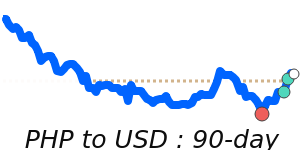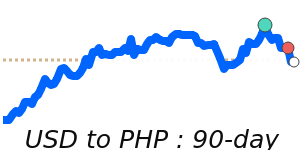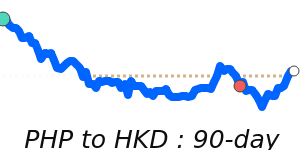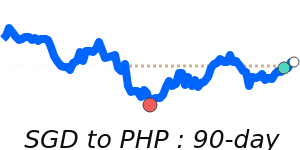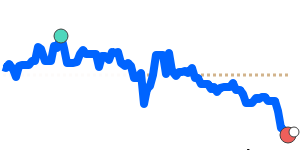The Philippine peso (PHP) has recently undergone significant fluctuations, particularly reaching a record low against the US dollar on December 9, 2025, when it closed at P59.22 per USD. Analysts attribute this decline to anticipations of further monetary easing both in the Philippines and the United States, which tends to weaken local currencies as investors seek higher returns elsewhere.
Following this record low, the Bangko Sentral ng Pilipinas (BSP) made a crucial move by implementing a 25-basis-point rate cut on December 11. This reduction indicates a potential end to the current easing cycle, as BSP Governor Eli Remolona mentioned that future rate adjustments would rely on incoming economic data. The market interpreted this rate cut as a supportive measure to stabilize the peso, leading to a temporary recovery where the PHP appreciated back to P58 against the USD shortly after the announcement.
However, the economic backdrop remains challenging. The ASEAN+3 Macroeconomic Research Office (AMRO) has revised the Philippines' GDP growth forecast downward due to various issues, including a widening graft scandal that has raised concerns over public confidence and overall economic performance. Such developments underline the importance of governance reforms in boosting investor sentiment and stabilizing the exchange rate.
Amidst these challenges, the Department of Budget and Management (DBM) has projected that the peso could find stability against the dollar in a range of P56 to P58 from 2025 to 2028, bolstered by low domestic inflation and favorable global conditions. This projection suggests the potential for the peso to strengthen modestly in the first half of 2026, primarily if governance issues are resolved and investor confidence improves.
Examining recent exchange rates, the PHP to USD has been relatively stable, trading at 0.017033, which is close to its three-month average. Over this period, the peso has maintained a stable range of 2.5%, fluctuating between 0.016845 and 0.017271. The PHP to EUR is currently at 0.014466, which is 1.2% below its three-month average, experiencing a stable range of 3.1% from 0.014410 to 0.014860. Additionally, the exchange rate for PHP to GBP stands at 0.012616, about 1.5% below its three-month average and within a 3.9% range. Conversely, the PHP to JPY is showing some strength, trading at 2.6617, which is 1.4% above its three-month average and captures a stable range of 6.6%.
These rates indicate that, notwithstanding the peso's recent struggles, there is potential for stabilization and even modest improvement in the medium term. Currency forecasters suggest that active monitoring of economic developments and geopolitical factors will be essential in navigating the currency market effectively.
In summary, while the Philippine peso faces immediate pressures leading to a historical low against the US dollar, indicators suggest a possible path to recovery if needed reforms are implemented effectively and economic data points remain favorable. Retail FX participants, including small businesses and individuals engaging in remittances or travel, should remain attentive to these developments as they may impact international transaction costs in the coming months.
